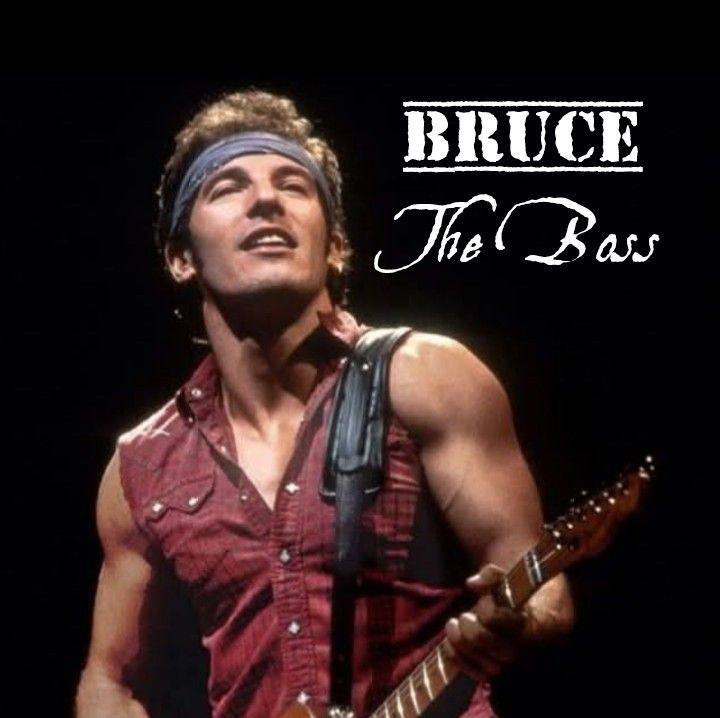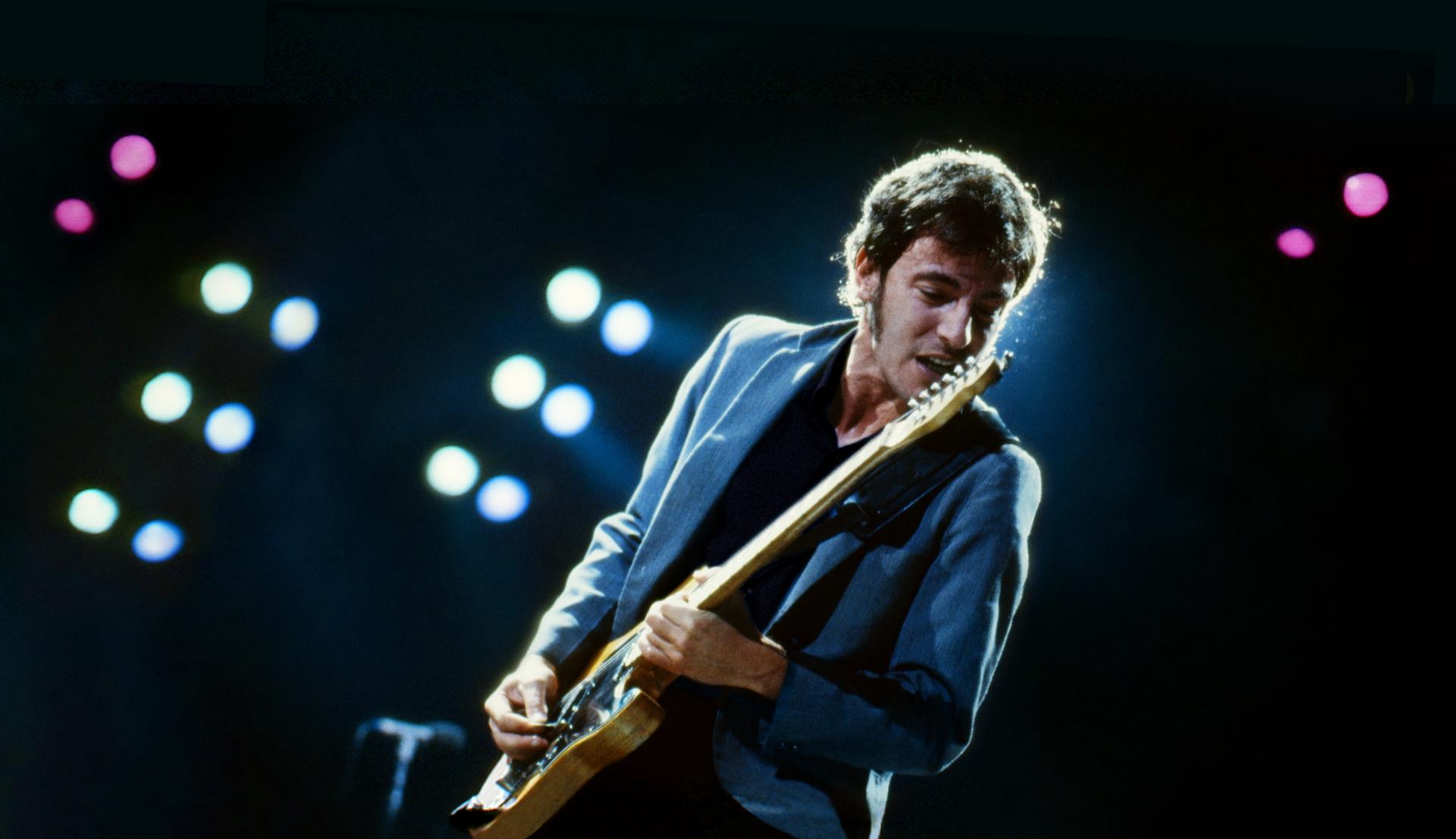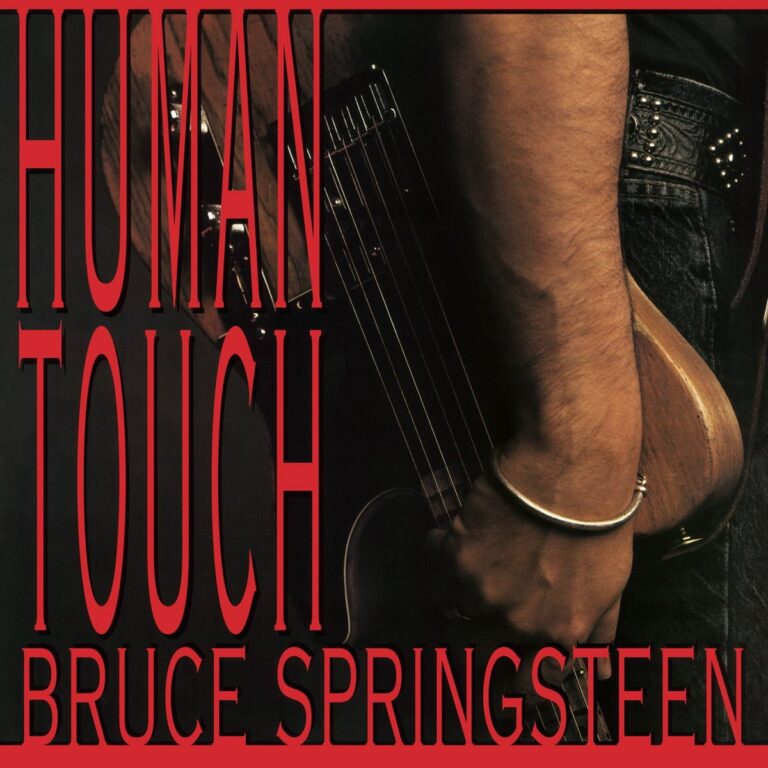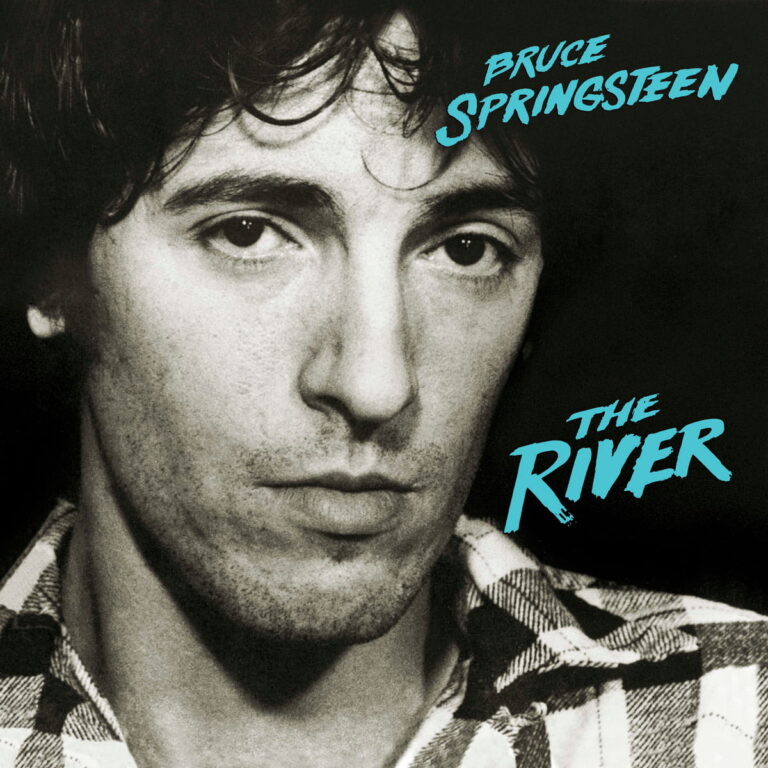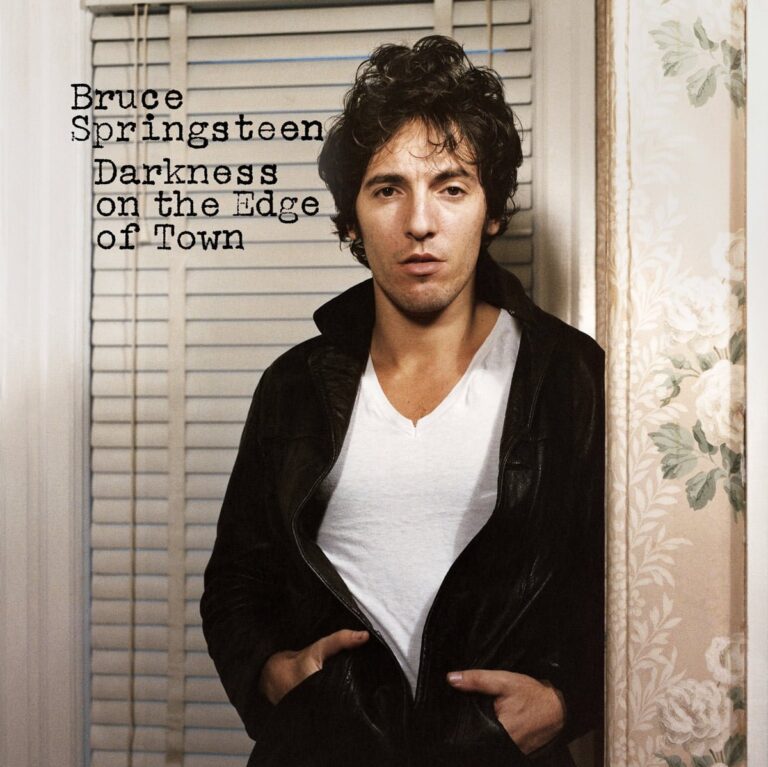Introduction: The Making of “The Boss”
Between 1970 and 1980, Bruce Springsteen transformed from a young New Jersey musician into one of the most influential figures in American rock. His deeply narrative lyrics, marathon concerts, and connection with the working class defined a crucial decade that laid the foundation for his legend.
The First Steps (1970–1972)
In the early 1970s, Bruce Springsteen began to stand out on the East Coast music scene, particularly in New Jersey clubs like the Upstage Club in Asbury Park. During this period, he led several local bands such as Steel Mill, Dr. Zoom & the Sonic Boom, and The Bruce Springsteen Band, where he began to develop his lyrical style influenced by Bob Dylan, Van Morrison, and American literature.
It was during this time that he met musicians who would form the core of his future band: Steven Van Zandt, Garry Tallent, Danny Federici, among others.
Signing with Columbia and the First Albums (1972–1973)
In 1972, thanks to an audition arranged by John Hammond, Columbia Records’ legendary talent scout (who had also discovered Bob Dylan), Springsteen signed his first recording contract. That same year, he recorded his debut album:
- Greetings from Asbury Park, N.J. (January 1973): Although it didn’t achieve immediate commercial success, the album was well received by critics for its poetic lyrics and vibrant energy. Songs like “Blinded by the Light” and “Spirit in the Night” showcased a young urban storyteller with great promise.
That same year, he released his second album:
- The Wild, the Innocent & the E Street Shuffle (September 1973): With longer songs and more complex arrangements, this album showed a more sophisticated sound. Tracks like “Rosalita (Come Out Tonight)” would become live show staples.
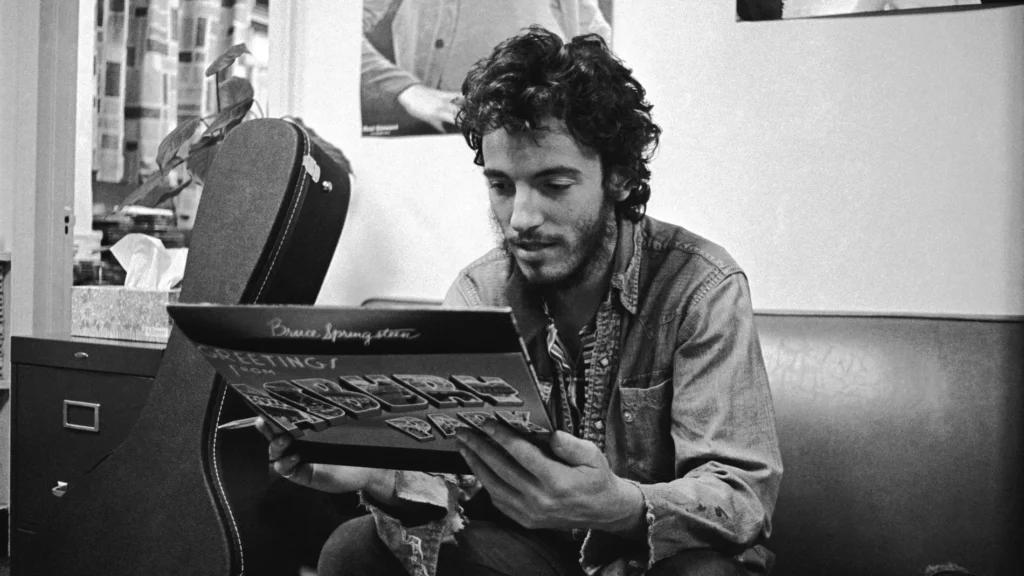
The Breakthrough with Born to Run (1974–1975)
The true turning point came with his third album:
- Born to Run (August 1975): Recorded over more than a year with a perfectionist production approach, this album catapulted Springsteen to stardom. Songs like “Thunder Road,” “Jungleland,” and the epic “Born to Run” expressed themes of escape, youthful hope, and the fight for dreams. The album cover, with Bruce leaning on Clarence Clemons, symbolized the brotherhood and energy of the E Street Band.
In October 1975, Springsteen appeared simultaneously on the covers of Time and Newsweek, becoming a national sensation. The Born to Run tour cemented his reputation as one of the greatest live performers.
Legal Battles and Recording Silence (1976–1977)
Following his success, Springsteen became entangled in a bitter legal dispute with his first manager, Mike Appel, which prevented him from recording new material for nearly two years. However, this period was creatively productive: he wrote dozens of songs that would later appear on future albums.
During this time, he intensified his live performances, delivering legendary shows where he tested new material and maintained a close connection with his audience.
Darkness on the Edge of Town: Rock with a Conscience (1978)
After resolving his legal conflicts, Springsteen returned with a darker, more mature album:
- Darkness on the Edge of Town (June 1978): A departure from the youthful exuberance of Born to Run, this album portrays disillusionment, perseverance, and daily struggle. Songs like “Badlands,” “The Promised Land,” and “Racing in the Street” reflect a socially conscious Springsteen.
The tour supporting this album is considered one of the best of his career, featuring intense, passionate performances that expanded his cult following.
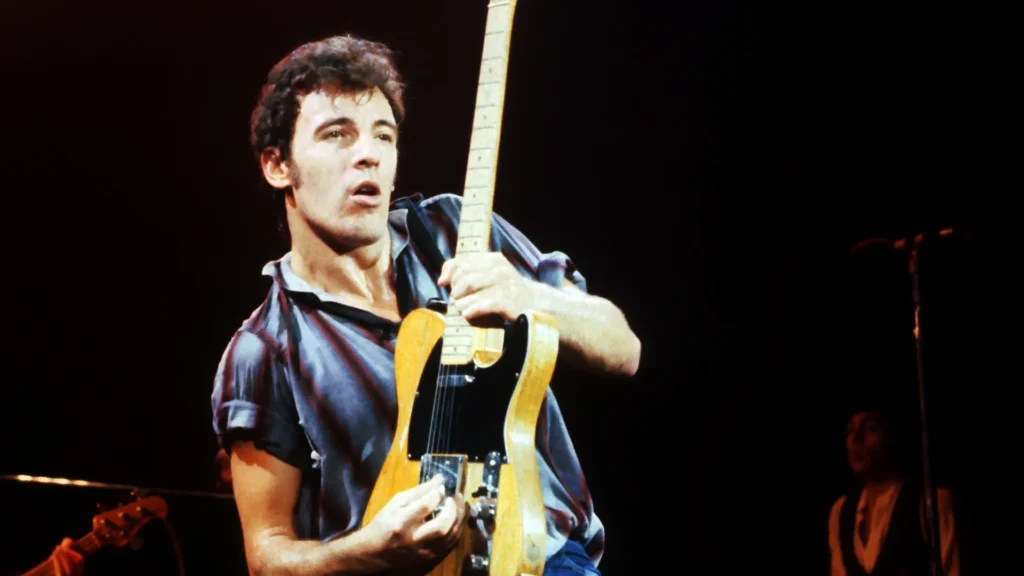
Closing the Decade: Relentless Creativity
During 1979 and 1980, Springsteen wrote and recorded a large number of songs, many of which would appear on his next double album. He also participated in the No Nukes Concert at Madison Square Garden alongside artists such as Jackson Browne, Bonnie Raitt, and Crosby, Stills & Nash — marking his first appearance in a major political-social event.
Conclusion: An Artist in Full Bloom
The 1970s marked the emergence and consolidation of Bruce Springsteen as an essential voice in American rock. From the lyrical effervescence of his early work to the emotional depth of Darkness on the Edge of Town, he went from promising talent to cultural icon. The path to the 1980s was already paved — and the world eagerly awaited his next move.
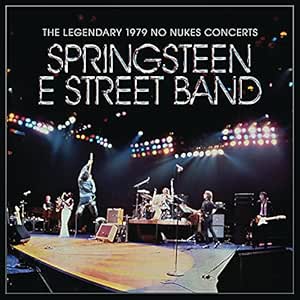
In the following link you have all the information about Bruce Springsteen’s Biography: https://brucetheboss.com/tag/biography/
